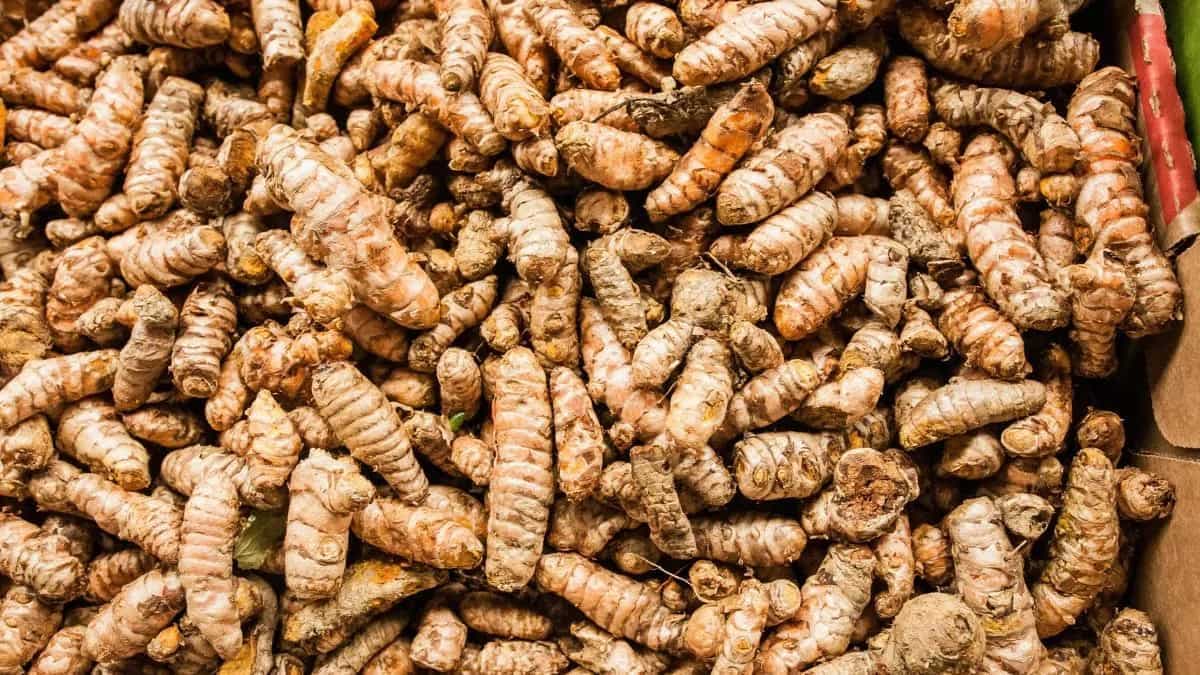In what comes as a landmark moment for the agricultural heritage of the state of Telangana, Chennai’s Geographical Indication registry has accepted the application for Armoor’s turmeric to be recognised as unique to the region through a GI tag. The application - submitted on behalf of two farmer co-operatives, namely the Armoor Farmers Producer Cooperative Society Limited of Manthani and The Primary Agricultural Cooperative Credit Society Limited of Armoor, offers a boost to the turmeric cultivators situated in the Nizamabad district. Along with the application’s acceptance, technical clearance has also been given on a preliminary level with scientific input back-up from the associate dean and principal investigator of the project from Sri Konda Laxman Telangana Horticultural University, Dr Pidigam Saidaiah.

Image Credits: Unsplash
Not only was he instrumental in compiling documents regarding proof of origin, varietal characteristics, biochemical profiling, cultivation practices, DNA tagging and geographical links that make the turmeric grown in the region distinct from other varieties, but was also assisted in his endeavour by Padma Shri awardee, GI expert and the general secretary of the Human Welfare Association in Varanasi, Dr Rajanikanth - also known as the ‘GI Man of India’, who served as technical facilitator and filled in the application on behalf of the farmer collectives, three to four months after an official announcement was made earlier in January this year. The registration would not only impact economic benefits of the farmers but also ensure significantly better market positioning, boost export prospects and enable the product to avail premium pricing.
Also Read:
What Makes Armoor Turmeric Unique
The turmeric, known for its high quality and yield, is dominated by the Erra Guntur variety in the Nizamabad region, accounting for 80% of the total output. Additionally, the variety also contains high curcumin content and a unique aroma - both of which can be attributed to the fertile soils of the region where it is cultivated, contributing to its high value and dry recovery. Having been grown in Nizamabad for over 90 years, the spice is cultivated across 23 mandals and 7 divisions, making it a long-standing heritage product while the district is also headquarters for the National Turmeric Board.
Preceding to the Armoor turmeric, varieties from Erode, Waigaon, Lakadong, Sangli and Vasmat have been receivers of the GI tag; pre-examination for the Kharswan variety is underway. The Armoor variety is the first of its kind to be submitted from Telangana and the seventh variety from across the country. According to Dr Saidaiah, obtaining the GI tag would validate farmer efforts in cultivation as well as traditional knowledge of practices, support biodiversity and aid in distinguishing the product in competitive markets worldwide.


